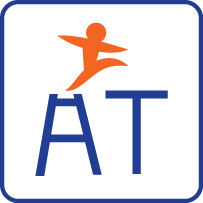


Use a black paint pen or permanent marker on the base of the puzzle to outline and better define where each puzzle piece fits.
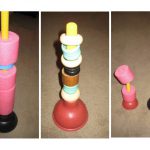
Using plungers as stand up dowels to place napkin rings or extra large swim noodle beads.
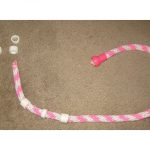
Using one-inch pieces of PVC piping and a thick jump rope to make a bead activity for beginners.
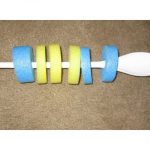
Practice using both hands in bead type play activity by adding small sections of a pool noodle to a wooden spoon.
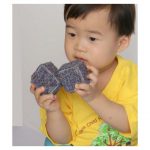
Adding texture to blocks to help with problem solving, eye hand coordination, hand strengthening, problem solving and sensory.
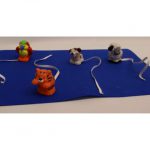
Allows for students with limited fine motor skills to scoop the elastic bands attached to the mat and bring the toys back to the playing surface.
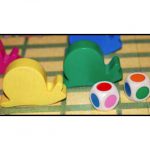
Creating board games that make moving pieces easier for children.
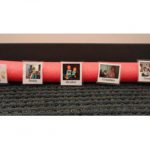
Helping to make child’s bath time routine more fun and help children learn words through associating words with pictures.
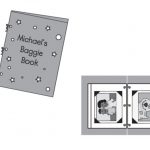
Helping to develop hand-eye coordination by making a “Baggie” book with photographs and pictures of your baby or toddler’s family, friends, pets, and/or favorite things.
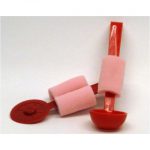
Enables students with limited grasp to dig or move sand independently when playing in the sandbox.